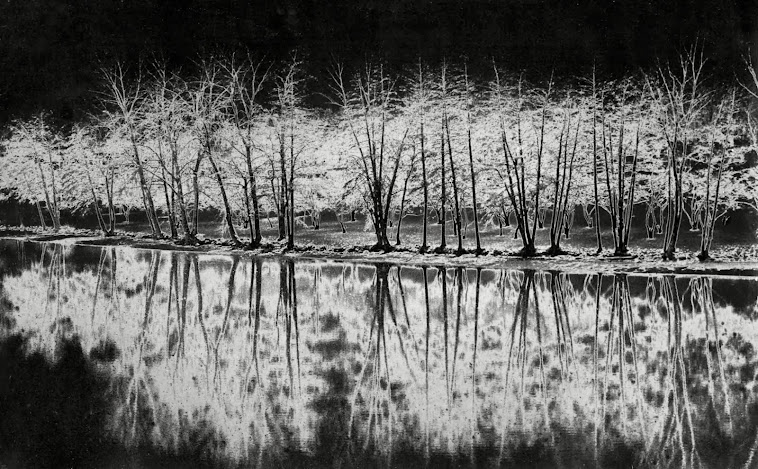The next day's outing was to the ancient port of Selinunte, which is arguably Sicily’s top archeological site. Founded in the 7th century BC, it became a powerful city with flourishing trade, and, hence, a rival of Segesta. Excavations have unearthed 8 temples in varying degrees of ruin. Temple E (partially rebuilt in the 1960s) is considered one of the finest examples of Doric architecture. Note that here the columns are fluted; i.e. instead of being completely rounded, they have vertical, curved channels
Just before we arrived in Selinunte, we made a stop at a convenience store, where the proprietor (Nick) proudly displayed a to scale model he had made of Temple E.
As we made our way to the next temple, we encountered great stone segments that went into building columns. Here you can see the fluted edges even more clearly .
Temple C, dedicated to Apollo, was the largest and oldest temple on the Acropolis.











No comments:
Post a Comment